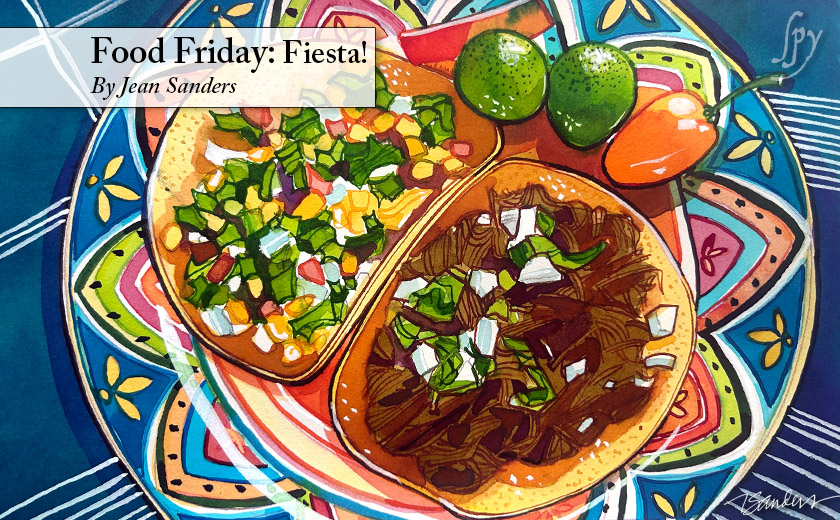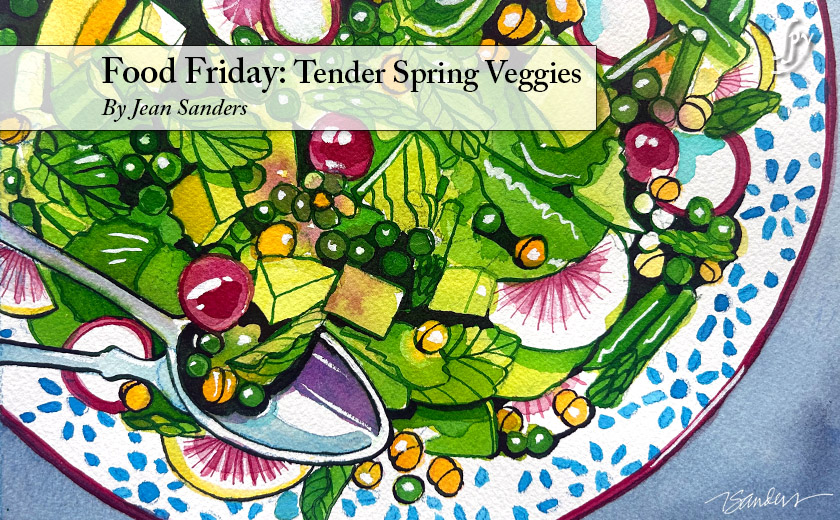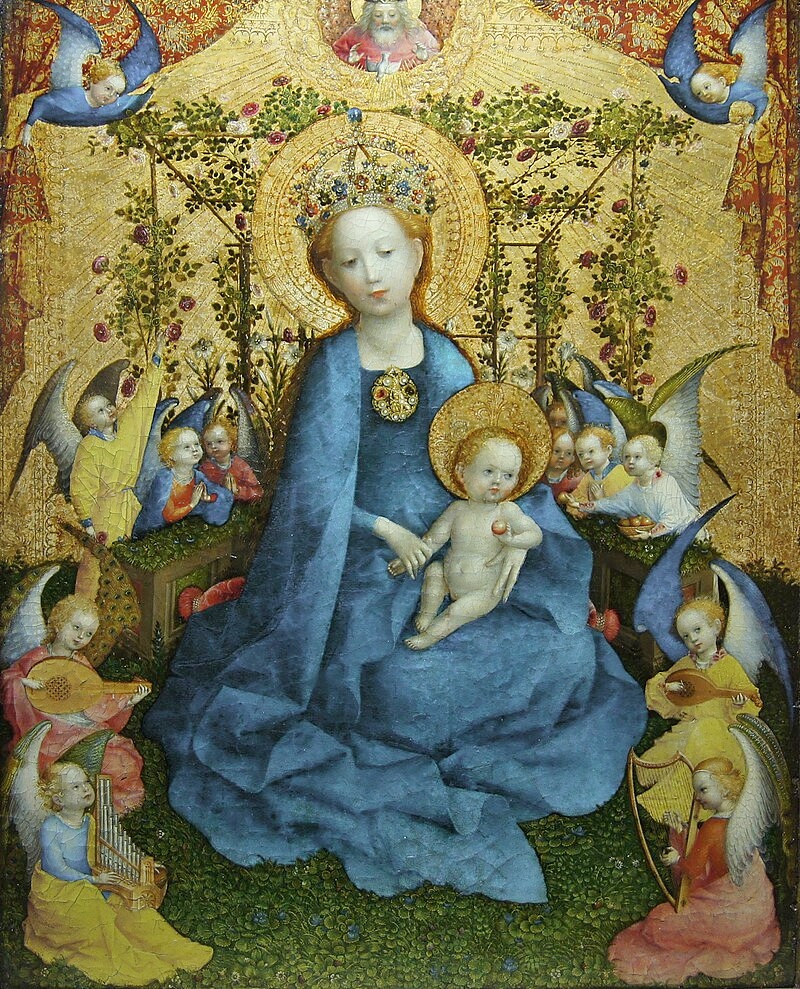
Cinco de Mayo is coming already. There will be tacos, and maybe some good Mexican beer. I have to confess that I came to the taco party late. When I was growing up our cooking spices were limited to Christmas egg nog nutmeg, cinnamon for cinnamon toast, black pepper and baking powder. Garlic was an exotic commodity. Red pepper was on the tables at Italian restaurants. I doubt if my mother was acquainted with cumin. We never had Mexican food. My mother’s idea of adventurous ethnic cooking was preparing corned beef for St. Patrick’s Day. And so my indoctrination came from my peers, as do so many seminal youthful experiences.
The first tacos I ever had were at my friend Sheila’s older sister’s house, down near the beach. Margo was sophisticated and modern. We adored her and the string of characters who wandered through her tiny house. She made tacos with regularity, and we mooched often. From her I learned how to shred the cheese and the lettuce and chop the onions that went on top of the taco meat, which we browned in a frying pan and then covered with a packet of Old El Paso Taco Seasoning Mix and a cup of water. I thought it couldn’t get any better than that.
Like Tim Walz, my introduction to Mexican cuisine came via “white guy tacos” which are “pretty much ground beef and cheese.” We must have had similar upbringings: “Here’s the deal… black pepper is the top spice level in Minnesota.”
Sheila and I graduated to platters of nachos and tacos at the Viva Zapata restaurant. (I think we were actually more attracted to the cheap pitchers of sangria, which we drank, sitting outside in dappled shade under leafy trees, enjoying languid summer vacations.) And then we wandered into Mama Vicky’s Old El Acapulco Restaurant, with its dodgy sanitation, but exquisitely flaming jalapeños on the lard-infused refried beans. Ah, youth.
True confession: my children were raised on tacos made with Old El Paso Taco Seasoning, but they always had vegetarian or fat-free refried beans. None of that deelish, heart-health-threatening lard.
Beef Tacos
45 minutes, serves 4
½ cup vegetable oil
12 small 5-inch corn tortillas
1 pound ground beef
Salt & pepper
1 medium onion, chopped
1 tablespoon minced garlic
1 fresh hot chile (like jalapeño) seeded & minced, optional
1 tablespoon ground cumin
2 tablespoons tomato paste
1 cup roughly chopped radishes for garnish
2 limes, quartered, for serving
Crumble the ground beef into a frying pan, sprinkle with salt and pepper, breaking up the meat as it cooks, until it starts to brown – about 5 or 10 minutes. Add the onion and cook, until it softens and begins to color. 5 or 10 minutes more.
Add the garlic and the chile (be sure to wash your hands thoroughly after handling the chile – I didn’t and rubbed my eye and wept for a good while afterward) and cook about 3 minutes, until they soften. Add the cumin and tomato paste and cook and stir until fragrant. I added a little water, perhaps a throw back from my Old El Paso training, but the mixture just seemed too dry. Experiment for yourself.
Warm the oil in another frying pan over a medium-high heat. Lay a tortilla shell in the oil, and let it bubble for about 15 seconds before turning it over, carefully, with tongs. Let that side bubble away for another 15 seconds or so and then fold the shell in half. Turn it back and forth until it is as crisp as you want. Mr. Sanders likes a softer shell, I like explosively brittle.
Divide the meat into the lovely, crunchy shells and top with cilantro and radishes. Squeeze some lime on top. Good-bye to grated cheese. Good-bye to too much sodium. (There are 370mg of sodium in a 1 ounce packet of Old El Paso. [I still have a packet in the spice cabinet, obviously.] Plus it costs about $2.59, so just imagine how much better this recipe is for you, sodium-wise and financially.)
Open beer, pour beer, drink beer.
Other topping suggestions:
guacamole, chopped tomatoes, shredded cabbage, chopped scallions, black beans, salsa, shredded lettuce, chopped peppers, sliced radishes, sour cream.
When my children were little, I used spinach for their tacos instead of lettuce. I don’t think they have forgiven me yet. To keep up with current trends, you could try using kale for your healthy tacos.
But don’t trust my word for it, try these excellent healthy taco recipes: Celebrate Cinco de Mayo
How to turn leftover roast lamb into mouthwatering tacos – recipe
Happy Cinco de Mayo!
“On the subject of spinach: divide into little piles. Rearrange again into new piles. After five of six maneuvers, sit back and say you are full.”
—Delia Ephron
Jean Dixon Sanders has been a painter and graphic designer for the past thirty years. A graduate of Washington College, where she majored in fine art, Jean started her work in design with the Literary House lecture program. The illustrations she contributes to the Spies are done with watercolor, colored pencil and ink.










